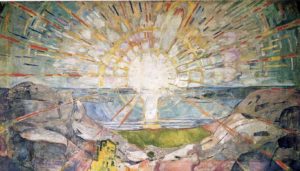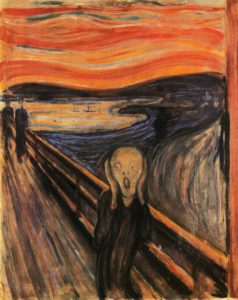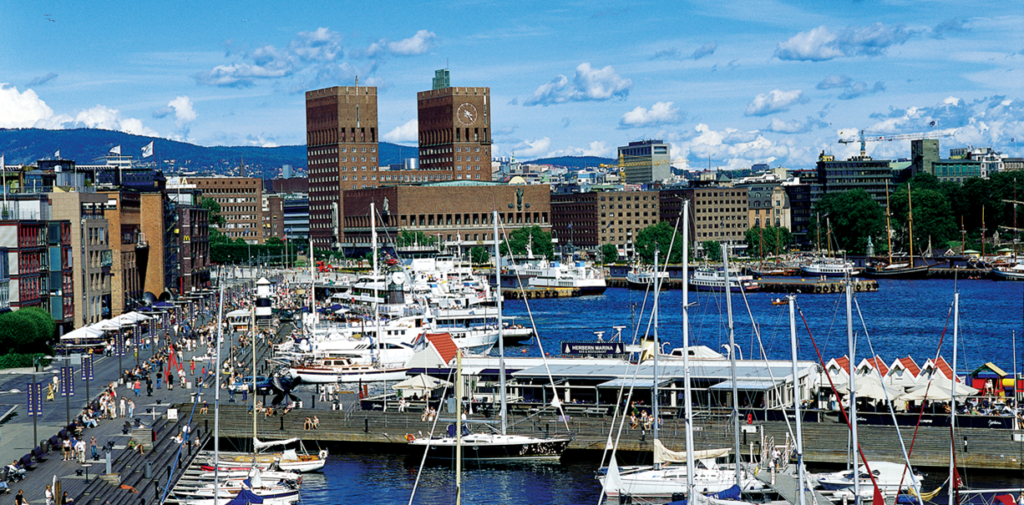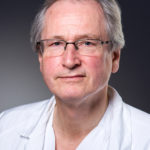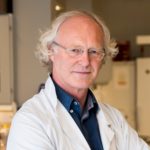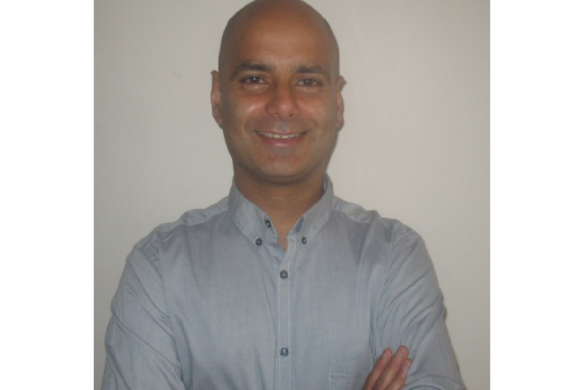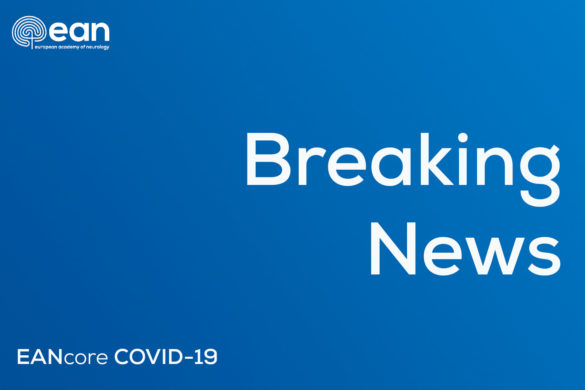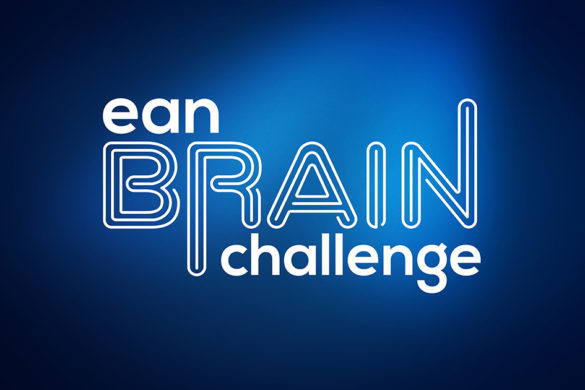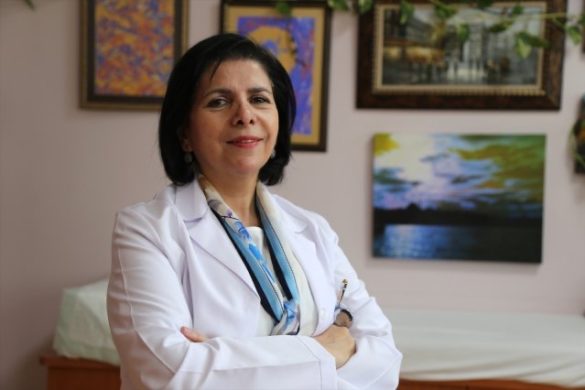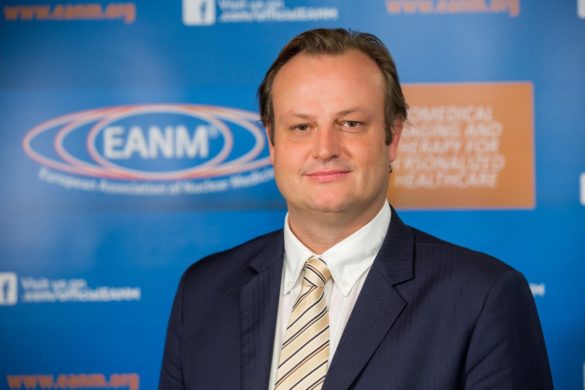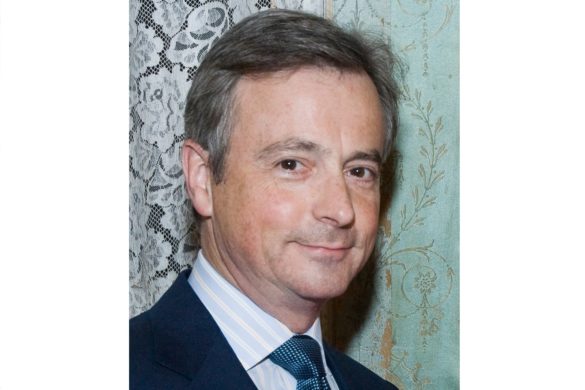Welcome to Oslo!
It is now only a few weeks left before we are all gathered for the 5th EAN Congress and we are looking forward to see you all here in Oslo, Norway.
The Vikings are traditionally looked upon as primitive and violent warriors, but old “health poems” as well as the Nordic Saga-literature indicate that the Viking age doctors treated various neurological conditions like epilepsy according to the best recommended procedures of their time. They also had close contacts to European colleagues as far as the Mediterranean countries. European exchange of medical experience is therefore not new for Norwegian neurologists.
In modern times, the clinical specialty of Neurology in Norway has its roots in electrotherapy. A special position as “electrotherapist” was founded at Rikshospitalet (The National Hospital) in Oslo in 1858. Christopher Blom Leegard, a young doctor trained in clinical neurology and neuropathology from France, Germany and Austria, got his position in 1885. On his initiative, a Department of Neurology, the first in Norway, was opened at Rikshospitalet in Oslo ten years later. Leegaard was appointed Professor of Neurology, possibly the second full professor of clinical neurology in the world, 13 years after Charcot. Neurology is now an important medical specialty in Norway, and there are clinical neurological departments in all counties except for northernmost sparsely populated Finnmark.
Academic neurology started with the establishment of the University of Oslo in 1815 which moved into its new buildings at the upper part of our main street, Karl Johan in 1851. These buildings are still in use by the University and the famous Aula, our assembly hall, is in active use for receptions, concerts and ceremonies today. The Aula is nicely decorated by Edvard Munch, our most famous painter, with 11 large oil paintings. His decorations were finished in 1916 (fig 1 – The Sun). The Aula building was a center for medical research for almost 150 years, and was home for the important Oslo School of Neuroanatomy. Even though mainly based in Bergen during this period, also our famous neuroscientist, humanitarian and Arctic explorer Fridtjof Nansen did some of his pioneering neuroanatomy research on the neuron theory here. Nansen and his work will be discussed in the History of Neuroscience session during the congress, including a History of Neuroscience tour to his home Polhøgda, just outside Oslo. In the building next door to the Aula, the Institute of Neurophysiology was established, which also became a world known institution.
Edvard Munch himself experienced serious psychiatric problems including psychotic episodes during long periods of his life. His most famous painting, “The Scream” has proven to have universal appeal showing existential anxiety and is well known all over the world. Behind the person in the foreground on this picture, you can see a simplified landscape showing Oslo and the Oslo fjord (fig 2, The Scream).
The city is rich in sculptures, and there is no equal to the Vigeland Park that you should visit when in Oslo, the largest outdoor sculptural park in the world made by one person. Gustav Vigeland himself was a multifaceted person living in the same time period as Munch. They became good friends and inspired each other in the early years. There are several similarities in motive and thematics between the two. However, their relationship became more complex later in life, presumably because they were attracted by the same woman.
The networking event during the EAN congress will be held in the Oslo City Hall – Oslo Rådhus. This is the place where the Nobel Peace Prize is awarded once a year. The first one in 1901 was awarded to Frederic Passy and Henri Dunant, the last for his work in establishing the Red Cross organization. The last Nobel Peace Prize from 2018 was awarded to dr. Denis Mukwege and Nadia Murad for their work against sexual violence in war and armed conflicts. When attending the networking event, you will be in the same room as the one used for the Peace Prize ceremony. You will also have the possibility to admire the arts and paintings, including Edvard Munch, in the City Hall.
Neurology in music was demonstrated during the Norwegian Year of The Brain in 1995 when the Oslo-based, Norwegian composer Arne Nordheim, composed a symphony based on EEG and “brain waves”. The symphony was first performed in the Oslo City Hall for the 5th European Symposium on the History of Neurosciences, with live recordings from two epilepsy patients.
Oslo has as understood a central place in the development of neurology in Norway, both professionally and scientifically. The EAN congress in Oslo gives an opportunity for all European neurologists to raise even higher the awareness of neurological diseases among politicians and in the public.
Oslo is recognized for being a city of contrasts and multitude (fig 3, Oslo). The city’s surroundings, varied architecture, cultural attractions and multinational inhabitants all contribute to the unique atmosphere that we hope you will enjoy. Oslo is the oldest of the Scandinavian capitals and the only Scandinavian capital with an urban settlement dating back to the Viking Ages. It became Norway’s capital in 1294. We hope that you will enjoy also the city of Oslo when attending the conference.
We, the local organizing committee and the Norwegian Neurological Association will do what we can to make the congress a success scientifically and professionally, and your stay a memorable event. Welcome to Oslo and the 5th EAN Congress!

